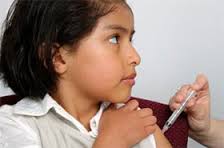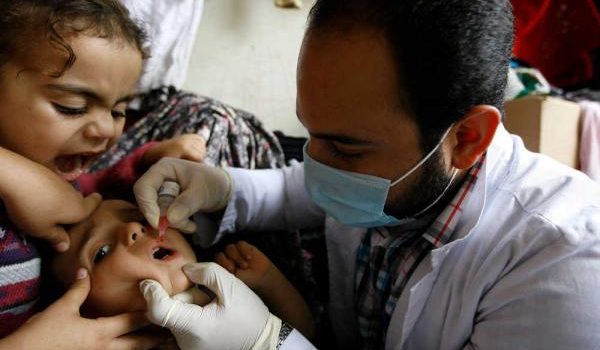There was a period of time when parents dreaded what might happen to their child’s ability to walk. Across the world seemingly normal and healthy children just lost the use of their legs and in time the legs atrophied and they were forced to use wheelchairs for the rest of their lives. Then one day, almost overnight parents did not have to worry about that anymore, because the polio vaccine was invented. Today a lot of people go through their entire lives without ever contemplating a disease that is so devastating.
What is Polio?
The poliovirus is what causes poliomyelitis which we usually refer to as polio. It is and enterovirus that affects man ais a member of the family Picornaviridae. The virus infects the human cell by binding to CD155. This allows it to enter the cell. It attaches to the cell membrane, and then it releases its RNA into the cell for replication.
 The virus takes over the cell’s machinery causing it to produce viral proteins instead of human proteins. The viral proteins come together to form new viruses which then leave the host cell.
The virus takes over the cell’s machinery causing it to produce viral proteins instead of human proteins. The viral proteins come together to form new viruses which then leave the host cell.
Pathogenesis
The poliovirus gains entry into the body via the fecal-oral route. This means that an individual swallows the virus and it passes through his or her digestive tract, and then it is shed when the individual defecates. Other individuals get it through food contaminated with the feces of an infected individual. The individual is infectious 7 to 14 days before and after symptoms start to appear, and the virus can survive for weeks in fecal matter.
The virus then spreads to the blood stream which is termed viremia. In some cases it spreads to other places like the skeletal muscles and brown fat. As the virus persists in the system and replicates rapidly, a second wave of viremia occurs which causes the first onset of symptoms. These symptoms are fever, some people experience headaches, and others sore throats. In less than one per cent of infections paralysis occurs.
Paralysis is caused by the virus finding its way to the Central Nervous System (CNS). When it is in there it replicates and causes the destruction of motor neurons which causes temporary and also permanent paralysis. For some patients this paralysis can lead to respiratory complications which progress to death due to suffocation.
For those who are paralyzed, prior to onset, they experience myalgia (muscle pains) and also spasms, which then progress to weakness and finally paralysis. It lasts from a few days and can extend to weeks before the patient recovers.
Prevention
Prevention is two-fold. The first is in terms of hygiene. Individuals must practice proper hand washing techniques, after using the bathroom and before eating. Also the water used to prepare food should be obtained from a sanitary location, which is one that is far from any possible contamination. Finally, if anyone in the family is infected their utensils should not be used by anyone else till they have recovered.
The second part of prevention is getting vaccinated. 99 per cent of vaccinated children are protected from contracting the illness. Children either get the inactivated polio vaccine (IPV) or the oral polio vaccine (OPV). Due to these vaccinations the cases of polio have become practically non-existent, and its crippling effects haunt parents no more.
With this in mind, as the flu season comes up contemplate your annual vaccinations. A vaccine can mean the difference between life and death for some people, and not just in Polio but also in Flu. So hop on down to CVS or Target and get your flu shot.


